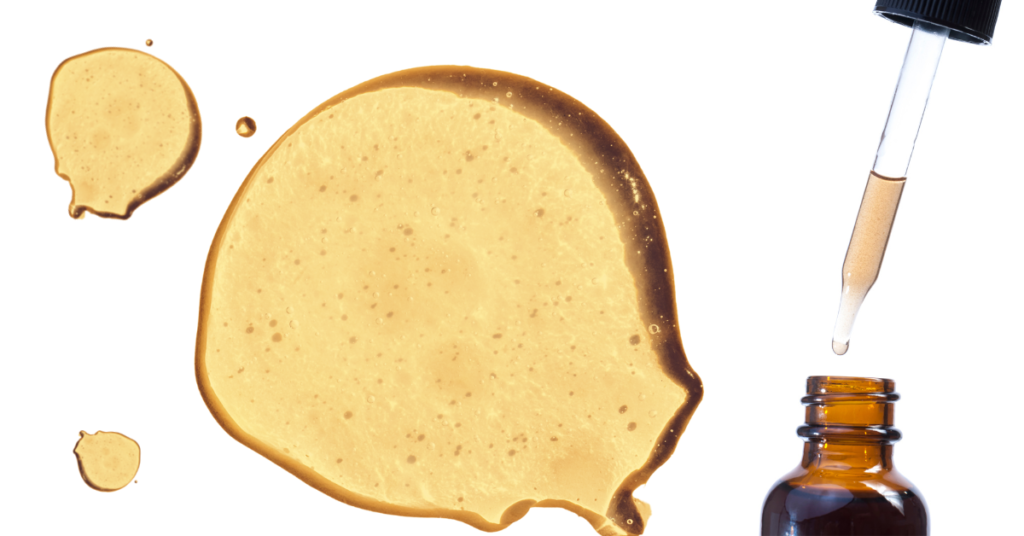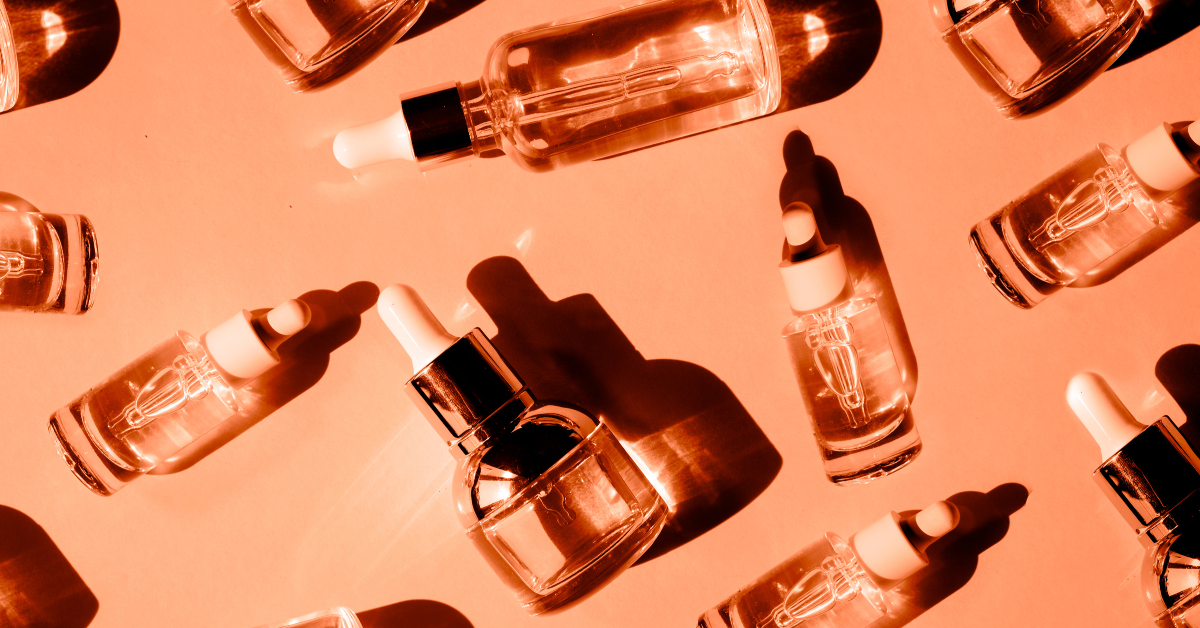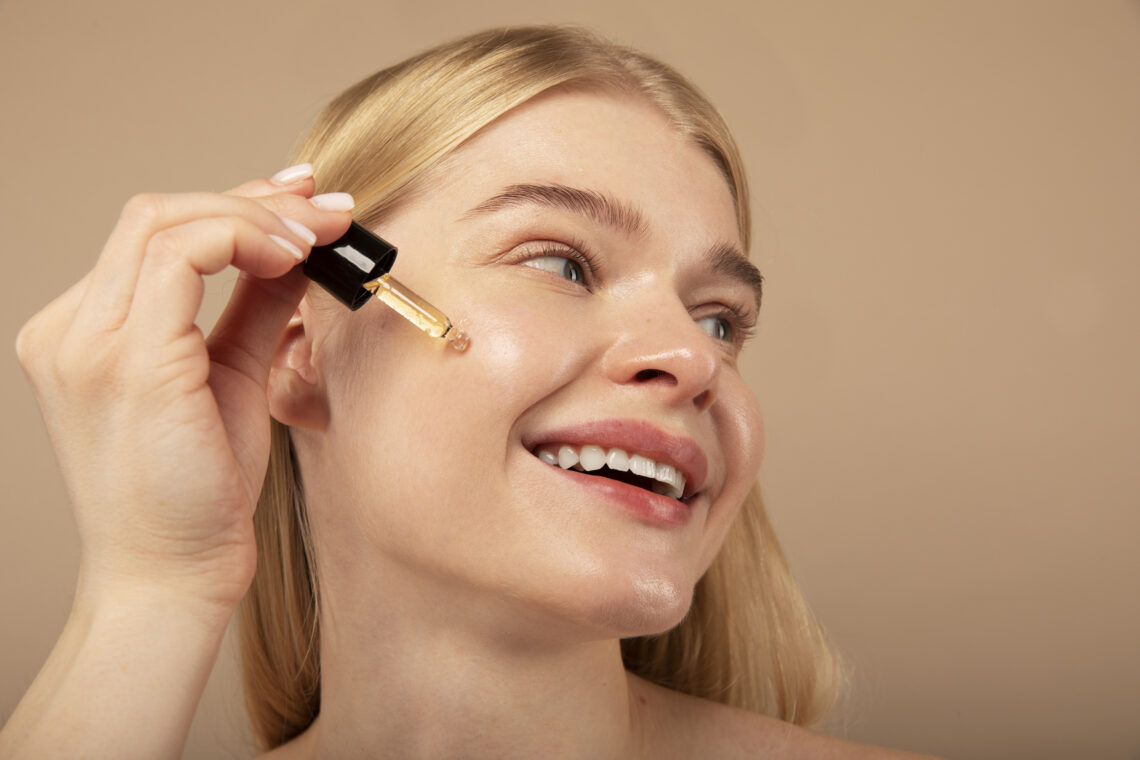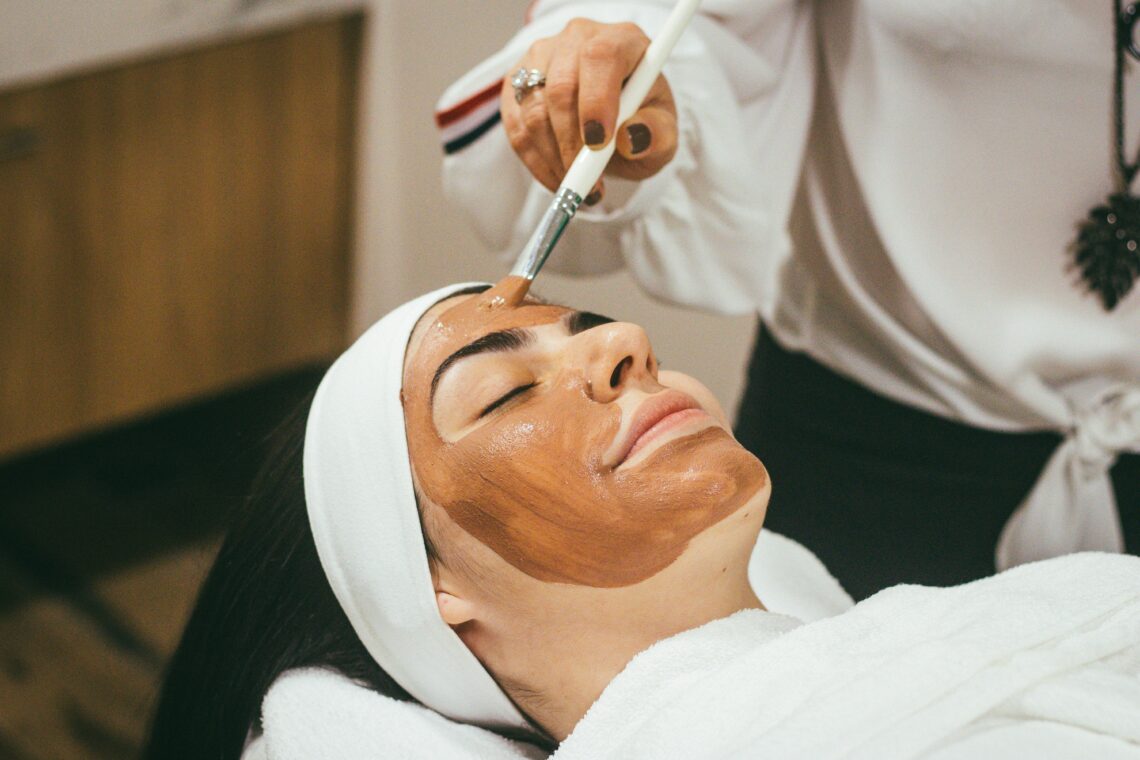Retinol is a derivative of Vitamin A (a group of fat-soluble vitamins which are commonly found in yellow, red and green vegetables and yellow fruits [I]. It’s known for its collagen-boosting, anti-ageing, pigmentation-diminishing, acne-combatting, and complexion-smoothing capabilities… often referred to as the “holy grail” of skincare ingredients! But before you can reap the benefits of it safely and successfully, you need to understand how to use Retinol. So, we’ve been doing our research as you know we always do, and as such, we have put together a comprehensive guide on how best to use retinol for beginners.
What is Retinol?

Firstly, it’s best that we tell you all about retinol and what it is before we tell you how to introduce it into your skincare routine. Retinol is a type of retinoid, and a retinoid is a class of chemicals that derive from Vitamin A. Think of it as Retinol as Retinoids less intense little sister! To put it plainly, Retinoids are stronger than Retinol, they contain a higher concentration of the active retinoic acid ingredient, and are only available on prescription because Retinoids are classified as a pharmaceutical.
Retinols contain a lower concentration of the active retinoic acid ingredient, making it a more skin-friendly form of Vitamin A and are therefore available over-the-counter, which is great news for us! Why? Because it has so many benefits for the skin including: reducing fine lines and wrinkles, fighting the signs of premature ageing [ii], boosting the skin’s collagen production, diminishing dark spots and pigmentation, regulating sebum production, unclogging pores, and combating acne and acne scarring. What’s even better is that it can be used by all skin types! BUT, only if it is used correctly!!!
Dr Skincare’s Guide on How to Use Retinol for Beginners

There is debate online about when you should start using Retinols, with some dermatologists recommending clients to start using it in their thirties as this is when the skin starts to produce less collagen than before. However, Retinols can be used by people of all ages as Retinols are often prescribed by dermatologists to patients who suffer with acne.
It is important to note, that people with all skin types can introduce over-the-counter Retinols into their skincare routine. However, those with fair and sensitive skin should introduce it slowly, taking extra precautions and patch-testing on skin before using it on your face.
Introducing Retinol Into Your Skincare Routine
The first thing to consider is skin type, as we discussed above. But for anyone who is introducing the ingredient into their routine, the skincare community definitely agrees on one thing and that is that it should be introduced low and slow. When choosing a Retinol to add into your skincare routine, look at the active ingredient percentage. Retinol skincare products can range from 0.01% to 1%, with 1% being the strongest option available without prescription. When deciding on what strength to use, read the following:
- Retinol strengths for beginners (low strength) 0.01% – 0.03%
- Retinol strengths for intermediate users (moderate strength) – 0.04% – 0.3%
- Retinol strengths for advanced users (high strength) – 0.4% – 1%
Beginners should be starting with a low strength, something with an active ingredient percentage of between 0.01% and 0.03%. After you have decided on which retinol product you are using, we can now discuss exactly how to apply retinol.
How to Apply Safely
The most effective and safest way to apply Retinol is undoubtedly at night. This is because Retinol and Retinoids can increase your skin’s sensitivity to sunlight, therefore its better to use it when your exposure to the sun will be minimal. When incorporating this ingredient into your skincare routine YOU ABSOLUTELY MUST WEAR SPF. THIS IS NON-NEGOTIABLE. Now that we have got the formalities out the way, this is how you safely and correctly use Retinol.
- Apply to a cleansed face, apply eye cream and lip balm before applying Retinol to protect the delicate eye contour area.
- Wait until your skin is completely dry. DO NOT apply it whilst your skin is still wet because this will allow the Retinol to absorb more deeply into the skin and can result in irritation. So, just wait until your skin is completely dry before applying it.
- Starting at your chin, use a pea-sized amount of your chosen Retinol, apply with fingertips in upward and outward motions all over the face.
- Finish with your favourite moisturiser, a moisturiser packed with Humectants like Hyaluronic Acid or Glycerin. Or Niacinamide, another great ingredient to layer with.
- Stay away from mixing Retinols with alpha-hydroxy acids in the same routine including: Glycolic Acid, or beta-hydroxy acids such as Salicylic Acids
- WEAR SPF.
It’s important to note that introducing this ingredient into your skincare routine, no matter how low or slow you do it, can still result in a purging. But you have to persevere in order to reap the results that Retinol is capable of! To recap, we have discussed what Retinols are, the difference between Retinols and Retinoids, uncovered what Vitamin A is found in and told you how to safely introduce this active into your skincare routine both safely and effectively. Let us know in the comments how you get on!
Our Favourite Retinol Products
Browse more of our Retinol Products here.
[i] Vitamin A is often found in yellow, red and green leafy vegetables including spinach, carrots, sweet potatoes, red peppers etc. and fruits including mango, papaya and apricots. (NHS, 2022) https://www.nhs.uk/conditions/vitamins-and-minerals/vitamin-a/
[ii] Harvard Health Publishing | Harvard Health Medical School (2022) Do retinoid really reduce wrinkles? Available at: https://www.health.harvard.edu/staying-healthy/do-retinoids-really-reduce-wrinkles



